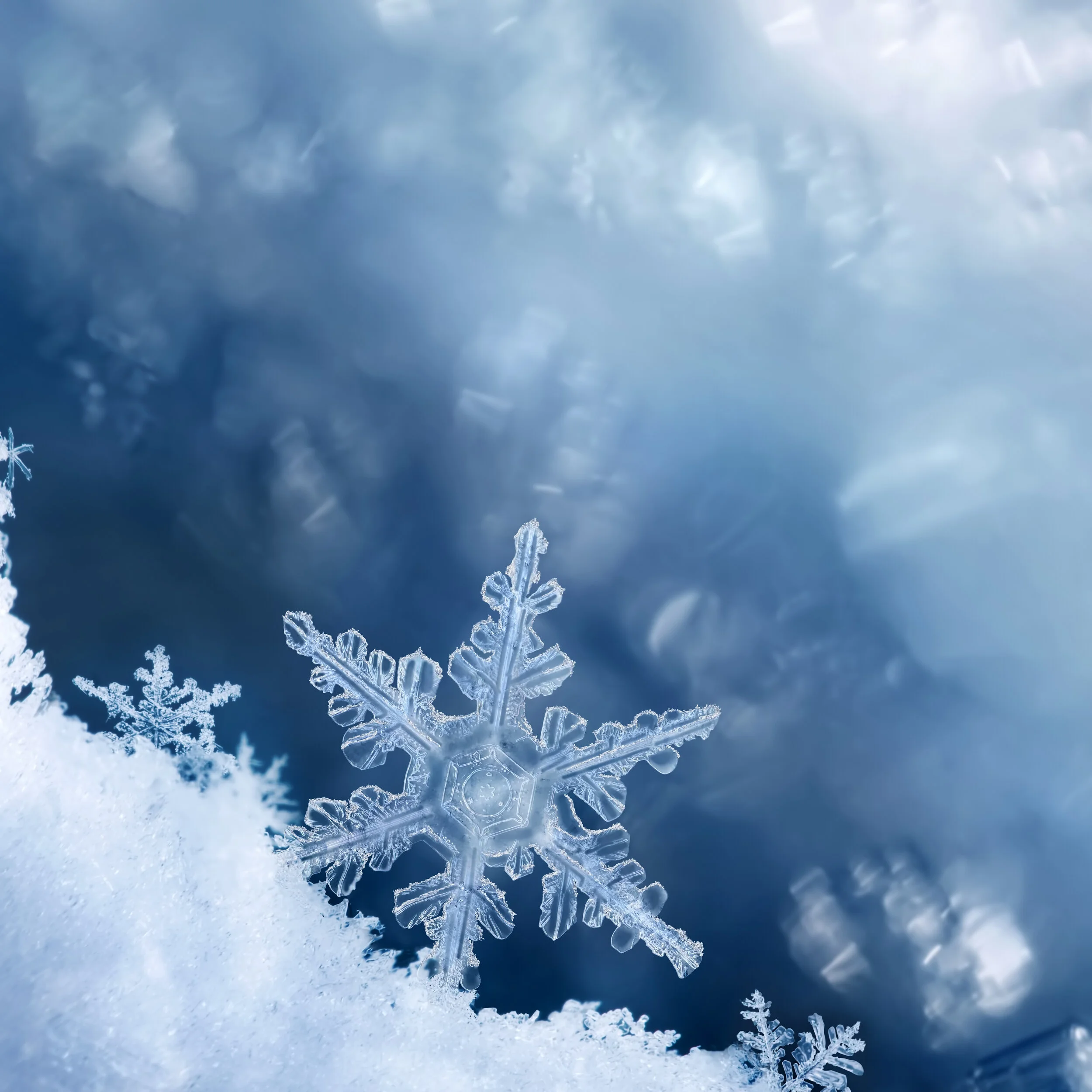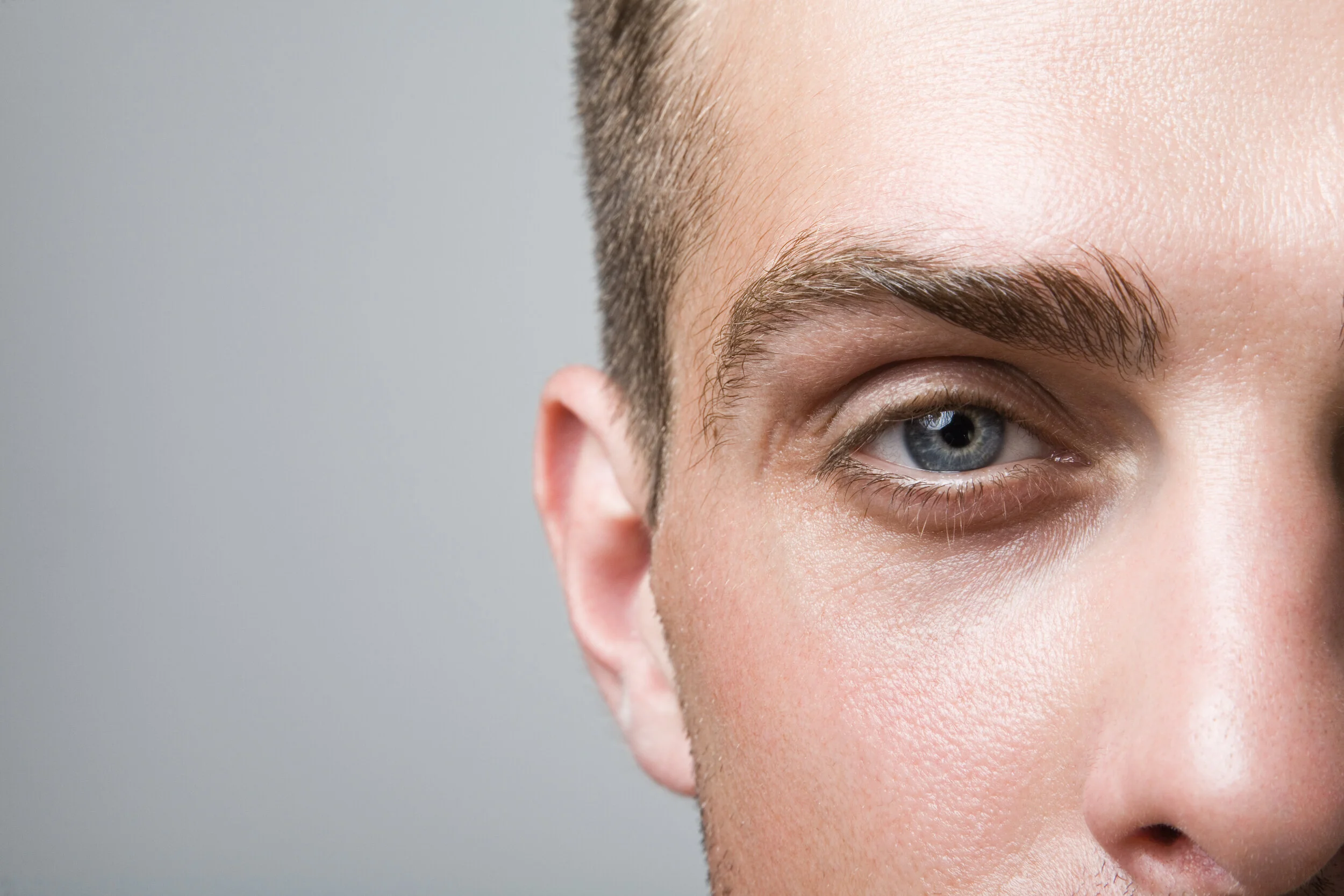Cryotherapy is a widely used and effective treatment for removing benign skin lesions, which destroys the abnormal skin cells. After treatment, the healing process varies slightly depending on the size and location of the lesion, as well as individual skin sensitivity, but there are several common stages most patients experience.
Read MoreThe majority of warts have a very distinct appearance, looking like little rough bumps usually round in shape and less than one centimetre wide.
However, one type of wart which can often be confused with a skin tag is the filiform wart. The filiform wart is caused by a subtype of the HPV virus. More than 70 subtypes of the HPV virus are known, each causing different types of warts on different parts of the body.
Read MoreThe effects of applying low temperature to the skin gradually increases as the temperature drops. Initially proteins and lipids, as well as the metabolism of the cell is altered. As the temperature drops below 0°C, first the water outside the cell begins to crystallise, causing the cell to dehydrate. At temperatures below −20°C, the water inside the cell starts to crystallise, and at −40°C intracellular ice formation is certain.
Read MoreAt the clinic, the agent used for cryosurgery is N 20, a gas which has been adopted as an alternative to liquid nitrogen. Cryosurgery is a safe, non-invasive treatment for unwanted skin growths and blemishes. Immediately during and after the treatment, you may feel a stinging sensation as the tissue is frozen and thawed. Some may only notice this during the treatment, for other this sensation may linger for a few hours after, especially if multiple lesions were have been treated in the same area. A mild analgesic ointment can be applied to relieve the sensation.
Read MoreCryosurgery (meaning cold handiwork) is also known as cryotherapy, cryocautery, cryocongelation and cryogenic surgery. Cold therapy has a long history of being used for analgesia and anti-inflammatory purposes, going as far back as the ancient Egyptians. However, during the past 200 years, it has evolved into a more specific use, namely the destruction of tissue in dermatology.
Read More




